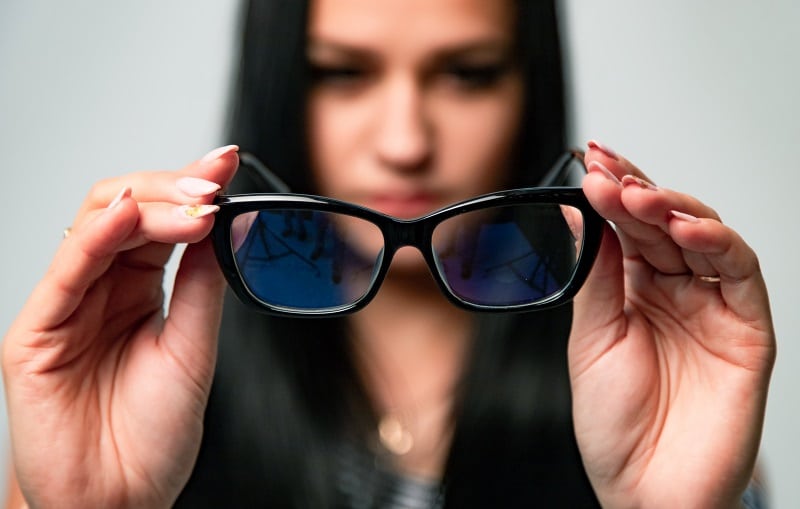Helen Keller, arguably one of the most famous advocates for the blind and deaf, was herself left blind and deaf after an illness at the age of two. While her name is was one you’ve probably heard more than once, she is not alone in living with both hearing loss and visual problems.
Co-occurring sensorial issues are more common than you may think, though they are not always to the same degree as Ms. Keller’s. While little has been researched on the topic to this point, experts are beginning to recognize a need to dig deeper to better support children with hearing loss and visual problems as they grow.
When hearing loss and vision problems strike
According to experts, around 2 to 3 out of every 1,000 children in the United States are born with some level of hearing loss, and millions more develop hearing loss by the time they become adults. It’s not just hearing loss they may be living with. Some estimate that as many as one fifth of those with hearing loss also has vision problems. According to statistics, approximately 3% of children are blind or visually impaired, 2% have Amblyopia (commonly known as a lazy eye), and up to 4% have Strabismus (misalignment of the eyes).
While many of these problems are temporary, they are often mild enough to go undiagnosed. New research is stressing that these problems, especially when they occur together and go undiagnosed, can lead to serious problems for children for years to come.
“Especially early in life, sensorineural hearing loss is associated with delays in language, speech, cognitive and social development,” authors of one study stressed. “Given the effects of hearing impairment, children with sensorineural hearing loss are particularly dependent on other means of information acquisition. If these children were to have unrecognized ophthalmologic abnormalities that limited visual acuity, there could be further detrimental effects on development.”
The impact of hearing and vision problems
In the most recent research, published in The Hearing Journal, experts found that while hearing or vision problems on their own can negatively impact educational outcomes for the long-term when those problems occur together, the impact is multiplied.
The team set out to study the effect of co-occurring sensorial issues on academic success using data from the Avon Longitudinal Study of Parents and Children (ALSPAC). Children with hearing and vision issues at age seven were identified and results from their exams at age ten analyzed. The authors of the study “found that co-occurring hearing and visual difficulties in childhood have an enduring negative impact on educational outcomes—greater than the effect of hearing or visual difficulties alone.”
Even mild impairment was cause for concern, and the findings reiterate the need for early identification and treatment to help support children’s success in school and overall development.
What you can do
Hearing loss alone can have a serious impact on a child’s language and social development. Parents, friends and teachers are often in the best position to identify hearing and vision problems early. Tracking developmental milestones, identifying behavior and other cues that may be more than just childhood distraction or disruption and scheduling regular vision and hearing evaluations can all help to catch any changes early.
If you believe your child may have a hearing loss or vision problems, contact your pediatrician or hearing healthcare professional to schedule an evaluation.
Early detection can help reduce your child’s risk of developmental delays and set them up for success.




